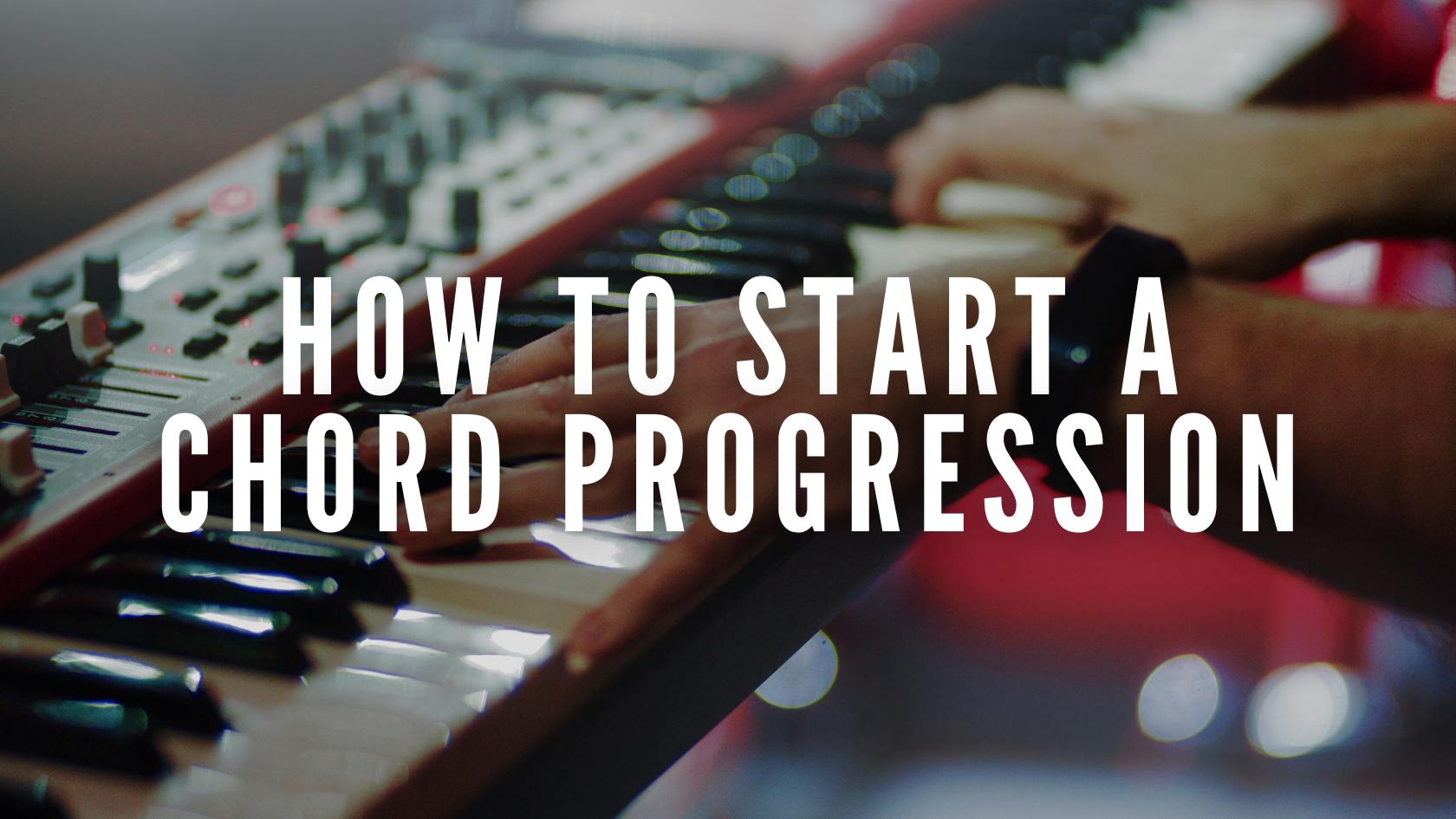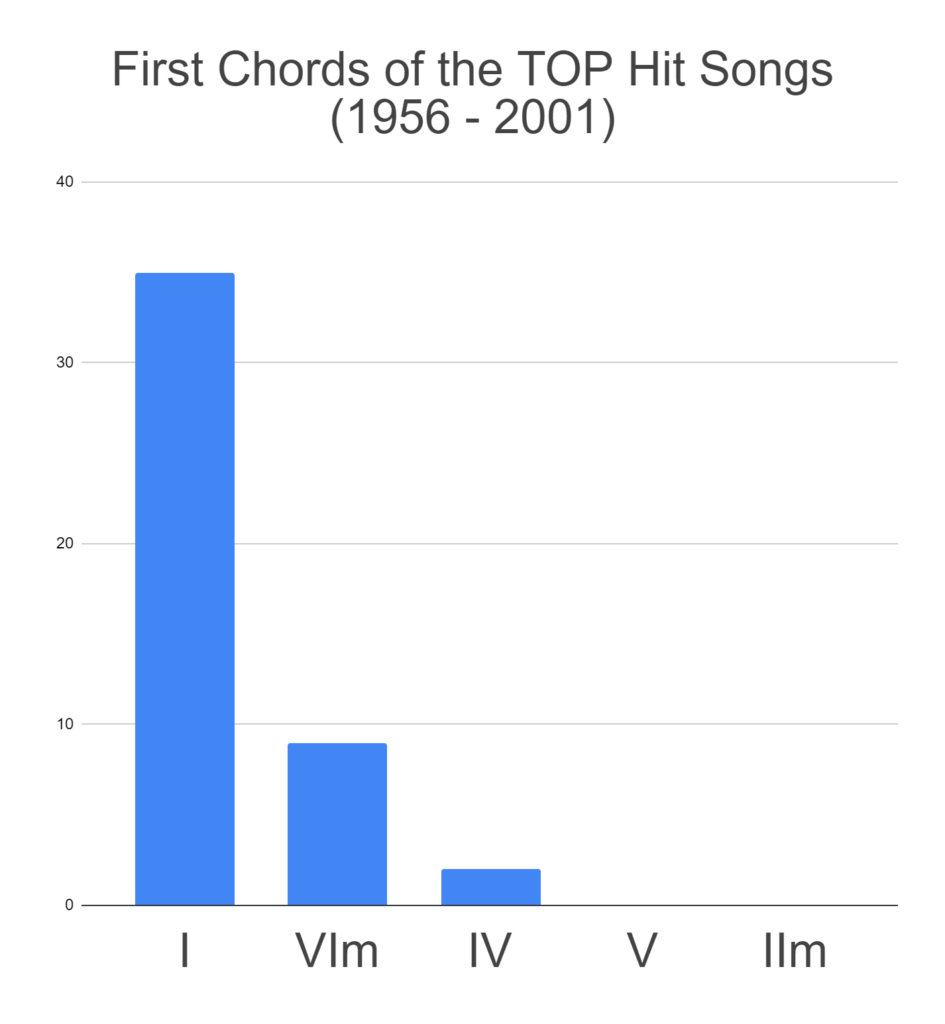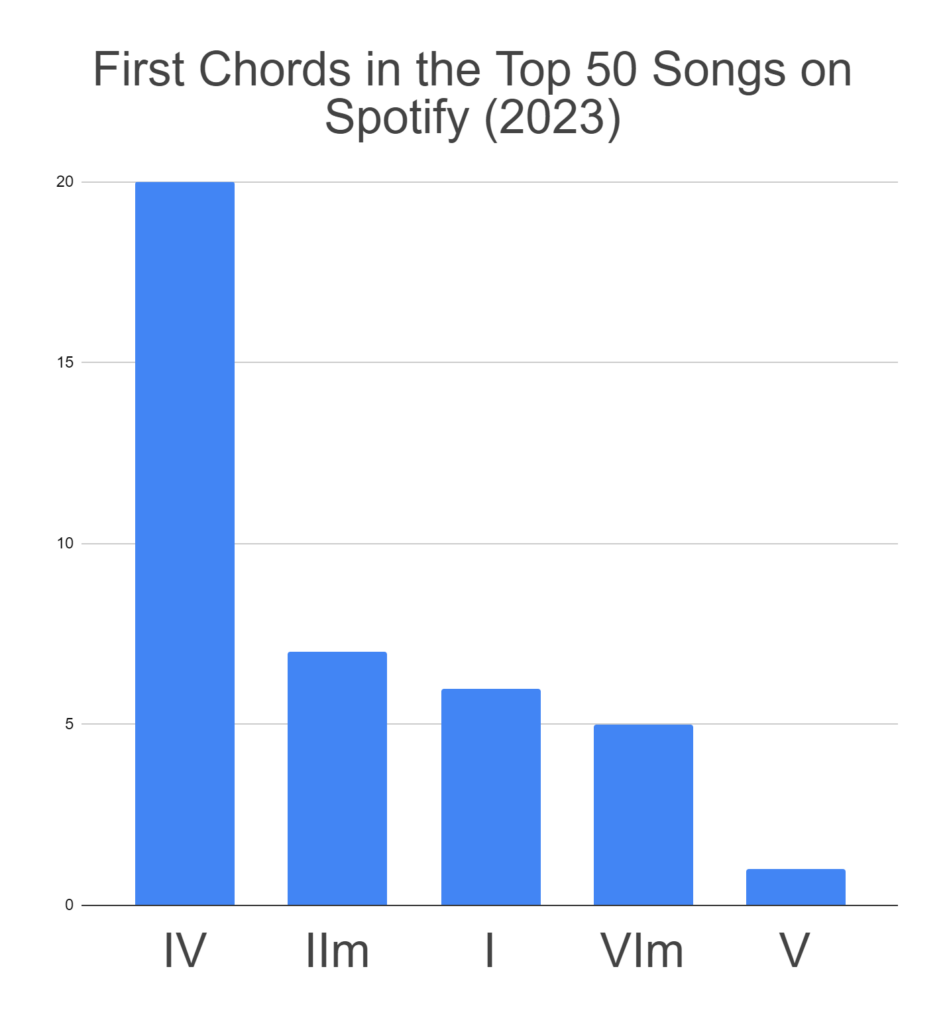
In this article, we delve into one of the most intriguing questions that both budding musicians and seasoned composers often ponder: “What chord do progressions usually start on?” Understanding the starting point of a chord progression isn’t just a matter of technical know-how—it’s about unlocking the emotional and structural foundation of a piece of music.
The starting chord sets the tone, establishes the mood, and guides the listener on a harmonic journey. Whether you’re a guitar enthusiast strumming in your bedroom, a pianist composing melodies, or simply a music lover curious about the mechanics of your favorite songs, this article promises to shed light on the common and not-so-common starting chords. From the classical masterpieces to the chart-topping hits, the choice of the initial chord can be a powerful tool in the hands of a musician.
So, let’s tune our instruments and our ears as we embark on this musical exploration to understand the significance and the magic behind the first chord of a progression. Get ready to discover how a single chord can set the stage for an entire musical experience!
How to Understand Chord Progressions
Before we go into more details about chord progressions, let’s talk about the best way to analyze them. It’s a very common practice to write down chord progressions with Roman numerals. This is very practical because we can only understand the relationship between chords if we look at them in the same system. Roman numerals make chord progressions independent of key. If you have a chord progression, you can use it in any key, it will sound exactly the same.
-
- Identify the Key: Determine the key of the piece of music you are analyzing. The key sets the basis for the numbering system.
-
- Scale Degrees: Assign each note of the scale a degree from 1 to 7. For example, in the key of C major, C is the 1st degree, D is the 2nd, and so on up to B, which is the 7th.
-
- Use Roman Numerals: Each scale degree is represented by a Roman numeral. The numerals I, II, III, IV, V, VI, and VII represent the chords built on the corresponding scale degrees. In our C major example, I represents a C major chord, II represents a D minor chord, and so on.
-
- Major and Minor Qualities: Traditionally, uppercase Roman numerals (I, II, III, etc.) denote major chords, and lowercase numerals (i, ii, iii, etc.) denote minor chords. However, this can cause confusion, as there’s not much visual difference between a V and a v, for instance. I believe it’s more straightforward to denote both major and minor chords with uppercase, and put a “m” next to the minor chord. For example: I = C, IIm = Dm.
-
- Altered Chords: If a chord is diminished or augmented, this is usually indicated with a symbol. For instance, a diminished chord on the 7th scale degree in C major is written as VII°.
-
- Seventh Chords and Extensions: If you’re dealing with seventh chords or other extensions, these are often indicated with additional numbers or symbols. For example, a G7 chord in the key of C major (which is the V7 chord) would be written as V7.
-
- Applying in Any Key: The beauty of using Roman numerals is that they apply to any key. For instance, a I-IV-V progression in C major (C-F-G) translates to G-C-D in the key of G major, but the Roman numerals remain I-IV-V.
Do chord progressions always start on 1?
Now that you hopefully understand how chord progressions are denoted with Roman numerals, let’s delve into more details on how to start a chord progression. Interestingly, when I started to research all the available books and courses on songwriting, I realized that literally nobody talks about this. Which is really weird because this is kind of “songwriting 101”. How do you start a song?
After analyzing more than 2000 successful songs from the past 100 years, I realized there is a very strong pattern with the first chord of the songs, and this is completely independent of the genre or style of the music.
(The truth is, there are many more commonalities between songs than most people realize.)
You would think that you can start a song with any chords, and using your intuition, you create completely unique chord progression, and all those thousands of songs have completely unique chord progressions. Well, that’s not the case at all. 99% of the songs start with either the I, IV, or VIm. (For example, the chord C, F, and Am in the key of C major.)
Out of 2000 successful songs, I found only ONE song that started with the V, that is “Clocks” by Coldplay.
Out of those three chords, traditionally, the first degree chord is the most common to start a song with. We can go back a 100 years, and the first chord of the songs was the first degree chord about 80% of the time. For example, a C major chord in the key of C major. And this it true even to jazz standards!

I remember someone commented to one of my videos that he doesn’t believe this (although he didn’t check it), and he suspect that it’s the IIm. This sounds logical because this is what everyone is teaching about jazz chord progressions, the typical IIm – V cadence. But the truth is, only about 10% of the jazz standards start with the IIm chord.
Now this has changed around the year 2000 and the first chord of the songs are getting more versatile since then. If we check the top hits on Spotify today, 90% of the songs AVOID starting with the first degree chord, and about 50% of the songs start with the IV. (For example, an F major chord in the key of C major.)

A chord progression tells us a “story”, even withouth any lyrics or instrumentation. When you start a song with the first degree chord, it feels like you start your “story” at the beginning. But the reason so many songs avoid starting the song with this chord today is that music listeners probably got bored of hearing the same thing over and over again.
When you start your song with the IV, it feels like you are not starting your story “in the middle”, so it doesn’t become “overexplained”, it doesn’t feel overused. So starting your song with the IV is one of the ways to make your song sound modern.
In fact, even Jazz musicians like Jacob Collier use this songwriting technique to make their music sound more modern. His latest song “Little Blue” starts with the IV, and I don’t think this is a coincidence.
Conclusion
So how do you start a chord progression? Starting with the I, IV, or VIm chords is a safe bet.Starting the song with the IV is a very “modern” way, but you can see that using the IIm for the first chord is also getting more popular nowadays.
There are no strict rules for chord progressions, and you can definitely start a chord progression with the V if you want. It’s not impossible to write a good song with a chord progression like that but I think it’s much harder. I believe that it’s not a coincidence that almost nobody start a chord progression with that chord.
Also, there’s probably a reason why I don’t remember ever seeing a chord progression starting with the IIIm or the VIIdim chords.
If you want to learn more about how to write compelling chord progressions, check out my songwriting course.
The secret pattern behind successful songs
Get the eBook for $7

